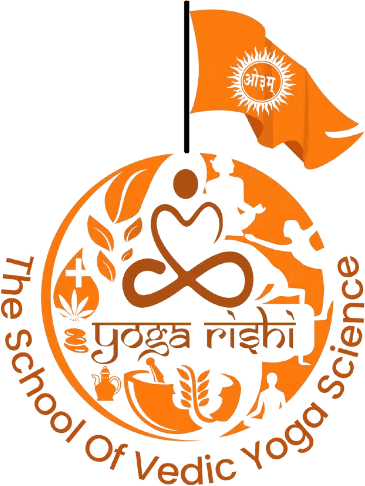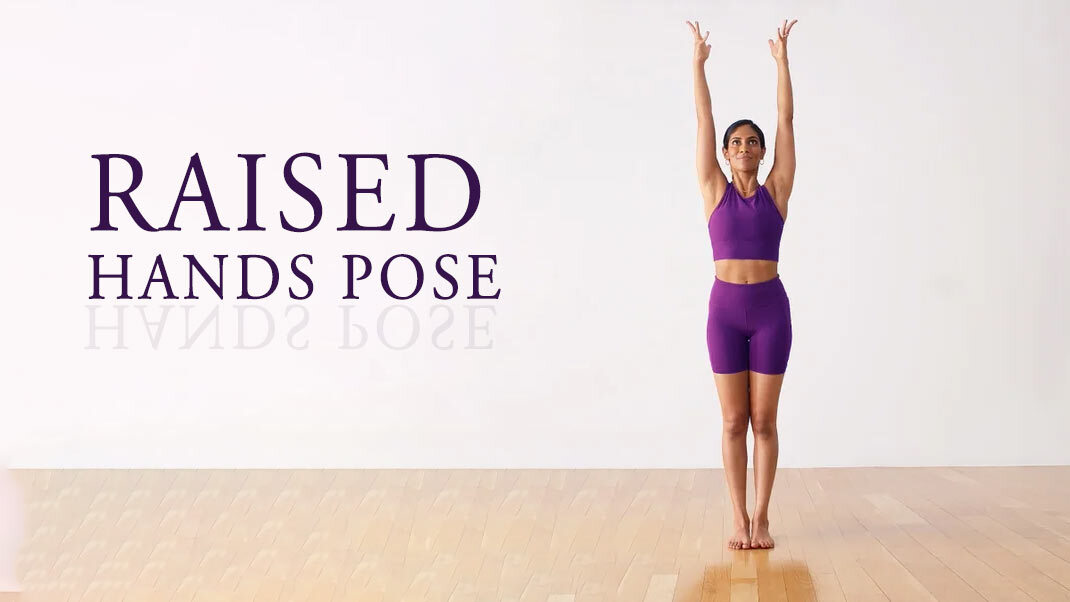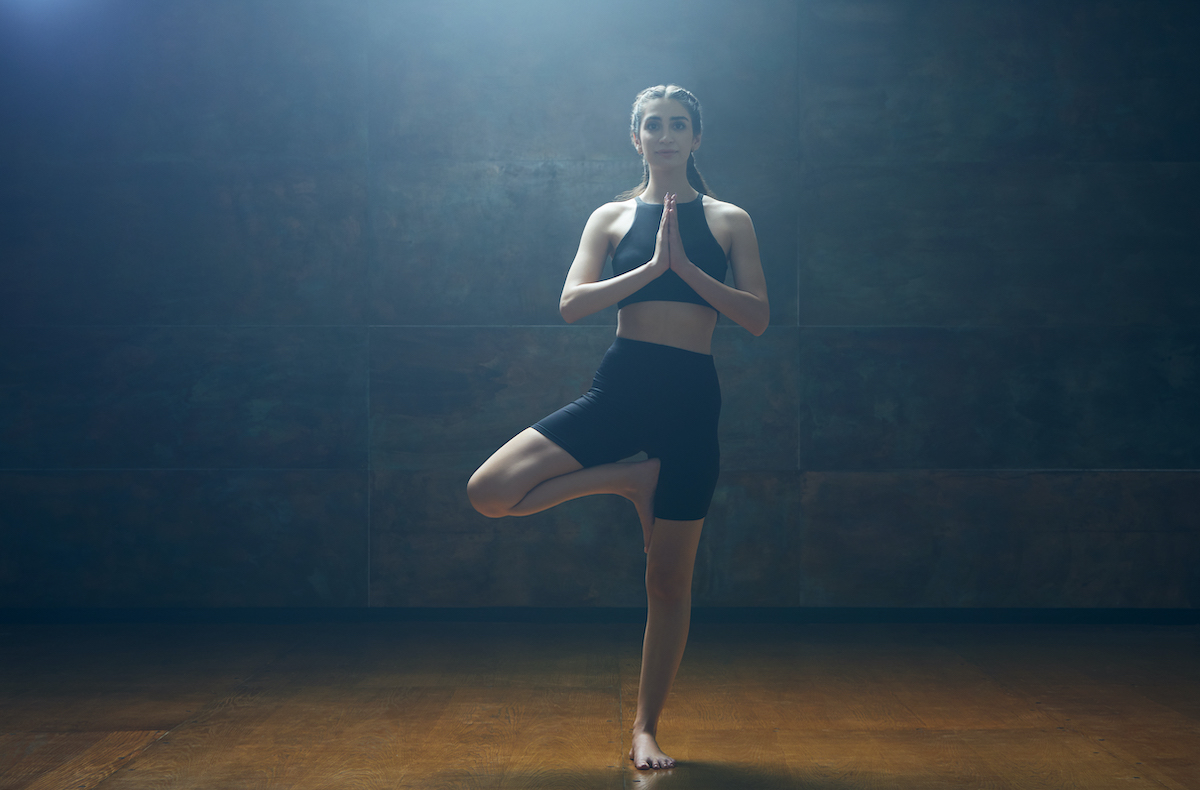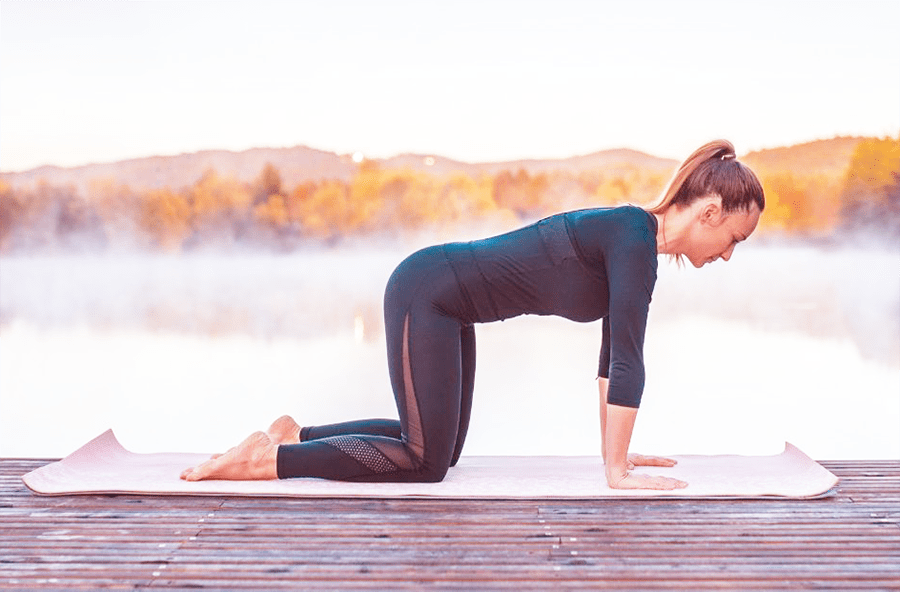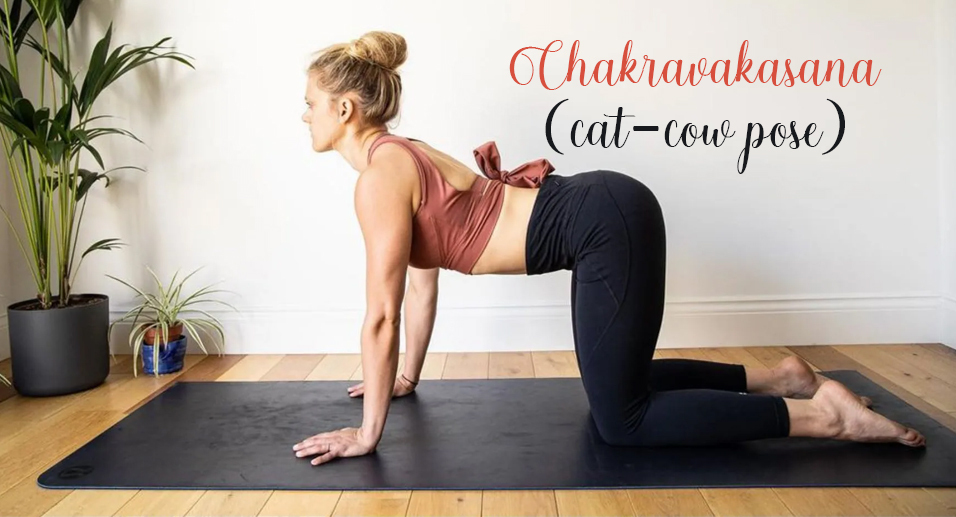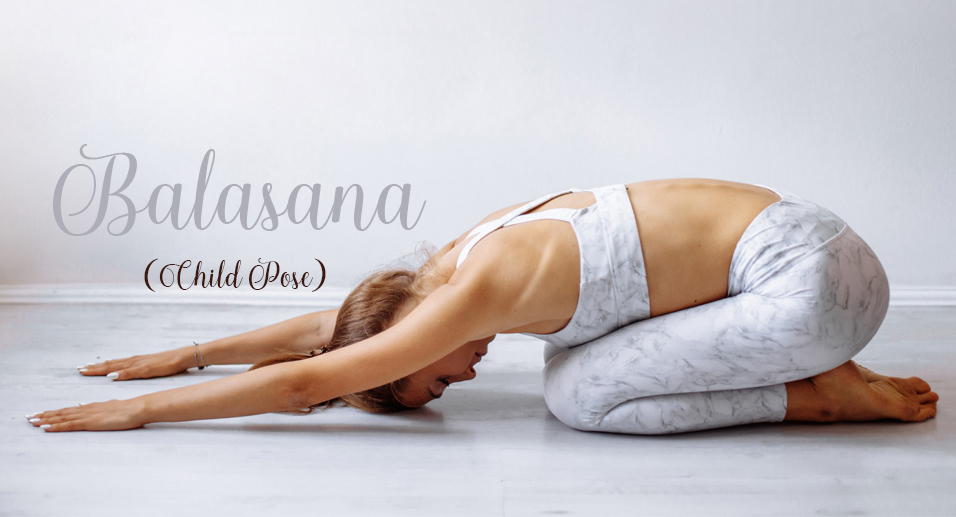
Unwind and Relax with Balasana, the Child Yoga Pose
Regular yoga practise is a transforming path that produces a profound inner calmness. It transforms into a refuge for the spirit via the harmony of breathing, motion, and awareness, enabling people to find calm despite the craziness of life.
This age-old practise nurtures mental toughness, enhancing stress and anxiety management while also enhancing physical strength and flexibility. A peaceful and tranquil state develops when the body and mind grow more in sync with one another.
One such restorative position with soothing, balancing, and calming properties is Balasana. Let’s examine this stance and its advantages.
What is Balasana?
Balasana, also known as “Child’s Pose,” is a mild yet powerful yoga asana that passively stretches the back muscles while softly relaxing the muscles on the front side of the body. It is a flexible position that is appropriate for various levels of practitioners and may be done at the start, middle, or conclusion of a yoga session.
During the practise, it acts as something peaceful. Along with providing a pleasant stretch for the thighs, hips, as well as spine, it also promotes a profound sensation of relaxation & submission. This humble position acts as a reminder that, despite life’s hustle, there are times when silence and acceptance provide the greatest strength.
The Steps to Perform the Pose:
Follow these instructions to do the asana:
- Begin by getting down on all fours, knees apart at the hips, and toes pointed straight forward.
- Place your forehead on the surface of the mat as you lean forward while sitting back on your heels.
- With the palms of your hands pointing up or down, spread your arms out in front of you, or bring them close to your body.
- Rest your neck and shoulders, and permit your breath to become deeper.
- It should be held for a minimum of five to ten breaths, however long as you desire.
- Inhale the air as you gently roll back up to your hands and knees to exit the posture.
Variants of the Original Pose:
Balasana has various versions, each of which is catered to a particular degree of flexibility and expertise. Here are a few common alternatives:
- By extending your arms as far forward as you can in Extended Variation, you may lengthen the strain along your back and spine.
- In the Wide-Knee Variation, you must space your knees widely apart rather than maintaining them tight together. The hips and groin may be stretched more deeply with this version.
- In the Supported Child’s Pose, you can add extra assistance and comfort by placing a padding or yoga bolster beneath your torso. Those who have less flexibility will benefit greatly from this modification.
- Dynamic Child’s posture allows you to enter and exit the posture with your inhalation and exhalation, breathing in as you rise up and breathing out as you fall down. This is an alternative to maintaining the pose still. This variant can promote breath awareness and flexibility.
What Benefits One Gets with Balasana?
This pose is useful in a variety of situations since it provides an extensive number of psychological, physical, and emotional advantages. Here are a few of the important ones:
- It is a very relaxing and peaceful pose that eases tension and stress.
- The muscles in the lower part of the back, hips, thighs, and ankles are all gently stretched by this position. For those who have painful hips or stiff lower back muscles, it may be very helpful.
- It encourages spinal extension, which can lessen stiffness and back pain. Additionally, it promotes the spine’s natural curve, enhancing overall spinal health.
- This posture can lessen lower back and hip strain with regular practise, as well as improve hip joint flexibility.
- This pose’s moderate pressure of the abdominal region against the thighs might stimulate the digestive system, thereby promoting better digestion and easing mild digestive discomfort.
- It offers a sense of safety and enclosure, which can assist in calming the nervous system, releasing tension, and easing the signs of exhaustion and worry.
- Due to its emphasis on introspection and awareness, this position may be emotionally therapeutic, helping practitioners to let go of stored emotions and tension.
- You can better your posture in daily life by frequently doing this stance and becoming aware of how your body is aligned.
- It promotes intentional, alert breathing. You may improve your general breath awareness as well as control by focusing on your breath while performing the position.
- Pregnant women may find comfort in this position to ease pressure and discomfort in their backs. In addition, when carefully practised, it might ease menstruation cramps.
- It is a wonderful restorative posture that may be utilised as a break from more demanding poses or as a method for recovery during a yoga practise.
- Due to its dual benefits of both relaxing and reviving this position is frequently utilised for balancing the body’s energy.
Precautions to be Taken:
Despite the fact that Child’s Pose is widely seen as a secure and relaxing posture, there are certain safety measures and things to think about to guarantee a comfortable practise:
- Perform this posture carefully if you have any ailments, especially to the knees, hips, ankles, or lower back.
- This position may be performed by pregnant women, but it’s important to adjust it as the pregnancy progresses. In order to make room for the belly, broaden the knees or use supports. For advice, speak with a prenatal yoga instructor.
- Maintain your head and chest raised rather than dropping them to the floor if you have hypertension.
- For additional support and padding if you have knee issues, think about putting a cushion or folded mat beneath your knees.
- Be aware of the strain this position puts on your ankles if you have ankle pain or an injury. Under your ankles, place a pillow or folded blanket.
- It is advised to do a softer form of deep forward bends if you have serious stomach problems.
- It’s important to pay attention to your breath when in a posture if you have issues with breathing or respiratory concerns. Make sure the stance allows you to breathe comfortably and effortlessly.
- The friction between the forehead and the floor may bother some people. If so, support the forehead by placing a pillow, folded blanket, or yoga block there.
- Keep a close eye on how your body reacts to the stance. Come out of the stance right away if you notice any pain, discomfort, or other unsettling feelings.
Conclusion:
Balasana is a flexible position that may be adjusted to fit your unique requirements and capabilities. In the beginning, hold the posture for a shorter period of time if you are fresh to yoga. As you get more comfortable, progressively extend the pose’s duration.

